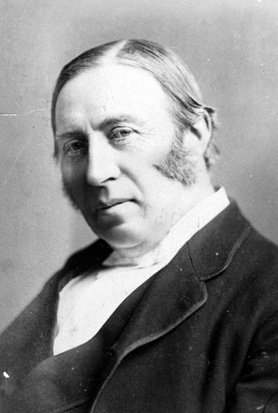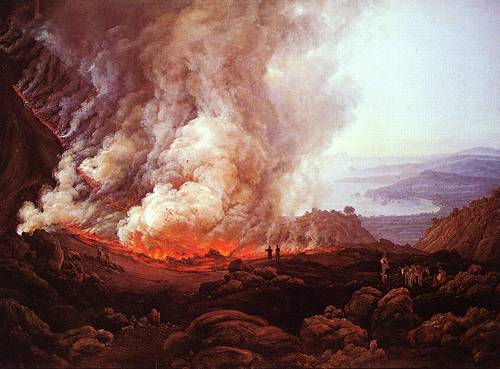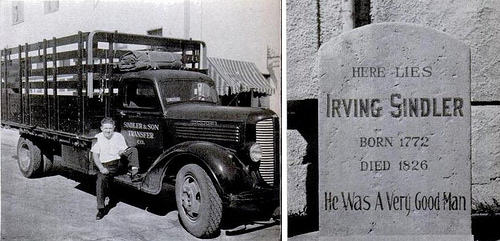While drilling for natural gas near the Turkmen village of Derweze in 1971, geologists watched their rig fall through the surface into a huge underground cavern.
The opening was full of gas, so they ignited it, hoping it would burn off in a few days.
That was 39 years ago. Presumably it will still burn out eventually, but the locals have given up waiting — they now call it “the door to hell.”



